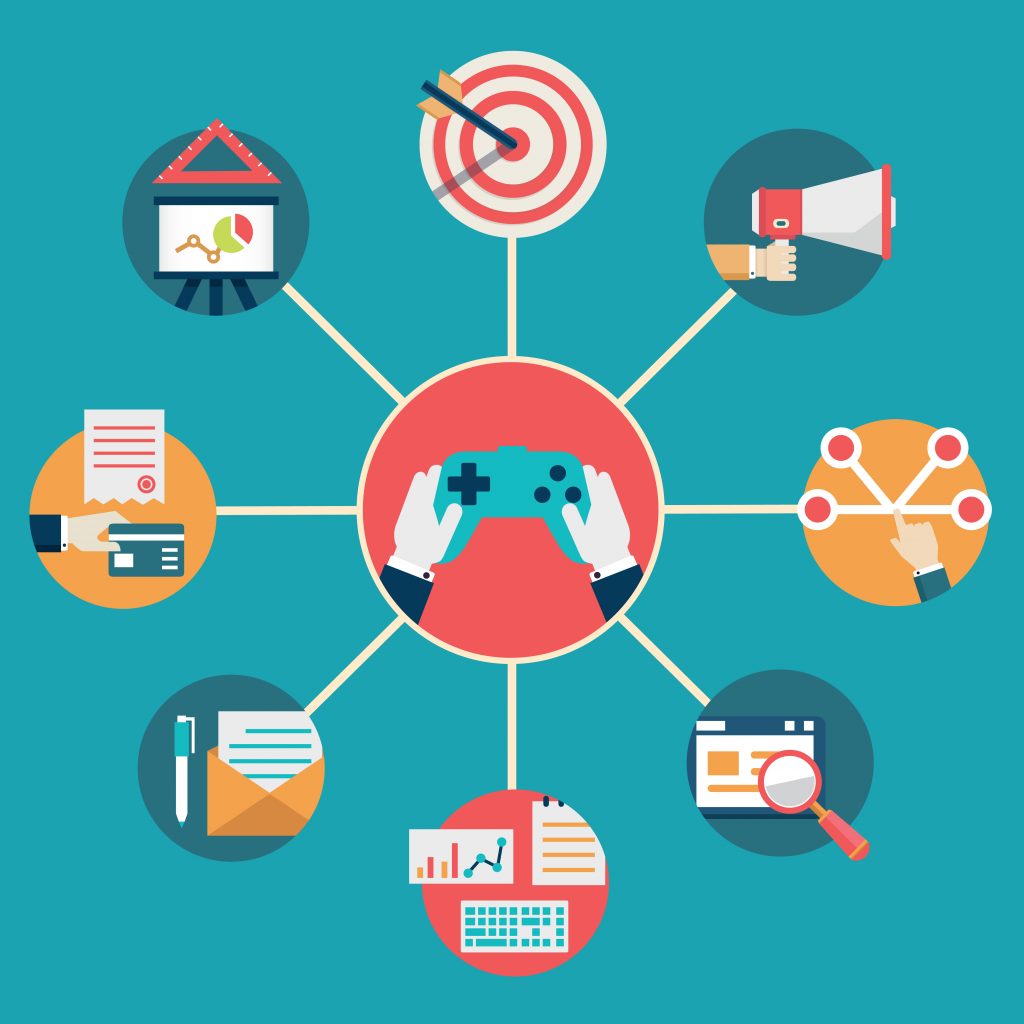How American Idol and Call of Duty can help improve business
Jul 24, 2015
 Like most of us, Ian McCarthy enjoys a good game.
Like most of us, Ian McCarthy enjoys a good game.
The Associate Dean of Graduate Programs at the Beedie School of Business (and fan of poker and soccer) has taken his love of games a step further, however.
Along with Beedie colleagues Jan H. Kietzmann, Leyland Pitt, and Karen Robson, as well as former Beedie PhD Kirk Plangger, now of King’s College, London, McCarthy has broken down the principles of gaming to see how they might be applied to other aspects of life, whether in business, academia, or even civic responsibility.
“How do we attract, engage and excite employees and customers?” he asks. “How do we take the concepts behind gaming and turn an employee recruitment process into a game? Can we turn a product launch into a collaborative and rewarding scavenger hunt for customers? Can we design interactive and progressive puzzles where employees compete to learn and apply new skills?”
This process of “gamification,” or applying game design principles in non-gaming contexts, has been around long before the term was invented, McCarthy notes. But no one had made the effort to describe its constituent parts – what he and his co-authors call the mechanics, dynamics, and emotions, or MDE – of game design and play.
Using examples like poker and American Idol, McCarthy and his fellow researchers go into detail about the specifics of MDE in a new research paper, “Is it all a game? Understanding the principles of gamification,” recently published in Business Horizons.
The paper defines mechanics as “the goals, the rules, the setting, the context, the types of interactions and the boundaries… of the situation to be gamified.” Mechanics might include the number of players involved, the kind of equipment required, the amount of time permitted and the location of the game.
Do players need to cooperate, bluff, or compete one-on-one? These are the dynamics of the game. Often determined at least partly by game mechanics, the dynamics can also be influenced by non-players, i.e. spectators (those who do not directly compete in the game but who are present and can influence it) and observers (those who watch and do not directly affect the outcome).
Emotions are the states and reactions felt among players during the gamified experience. Ideally, the player will enjoy playing and feel “excitement, amusement, amazement, surprise, wonder and personal triumph over adversity,” as mentioned in the paper.
Most people wouldn’t think of American Idol as an example of gamification, McCarthy says. But the televised talent competition combines all the components of MDE: the mechanics (auditions, judging, weekly broadcasts); the dynamics (the contestants’ desire to win, the spectators’ desire to see their favourites succeed); and the emotions (competitors experience frustration, elation, pride; spectators experience anxiety, excitement). In this way, American Idol is both a talent recruitment process and a money-generating process (through ratings, advertising and resulting recording contracts), which have MDE principles that are carefully designed and managed.
Once understood and applied, gamification principles and strategies can be used to engage people outside of the game sphere, whether as consumers, students, or employees. This is especially true now that digital technologies and social media have advanced the process of engagement and communication. With these platforms, businesses and institutions can turn traditional processes into deeper, more engaging game-like experiences for their customers and employees. What, McCarthy asks, if we could use MDE principles to engage people in the way a computer game like Call of Duty does?
Millions of years have gone into playing the various versions of the game, he notes. Tens of thousands of players have devoted 10,000 (or more) hours to it – the amount of time cultural theorist Malcolm Gladwell cites as being necessary for someone to master a skill or behaviour.
“How can you design something so it’s fun, intuitive and engaging, and leads to that level of commitment? Gamification is asking, ‘What is the design logic that they [Activision, publishers of Call of Duty] had, and how do I use that to get the same levels of engagement?’”
The next step in his research is to establish a working model of a combination of MDE that will result in desired outcomes, depending on the goal.
“We should be able to describe successes and failures so we can say, ‘They had the wrong blend there, they had the right blend here,’” McCarthy explains. Ultimately, the goal is having “a framework to think about design and predict performance outcomes and business success.”
Read the full research paper at slideshare.net/IanMcCarthy/is-it-all-a-game-understanding-the-principles-of-gamification-46886423
